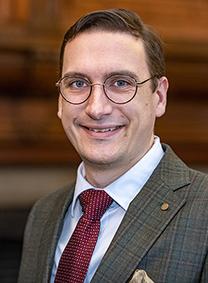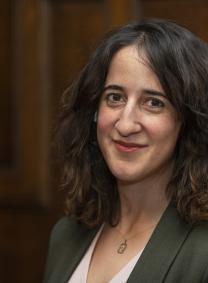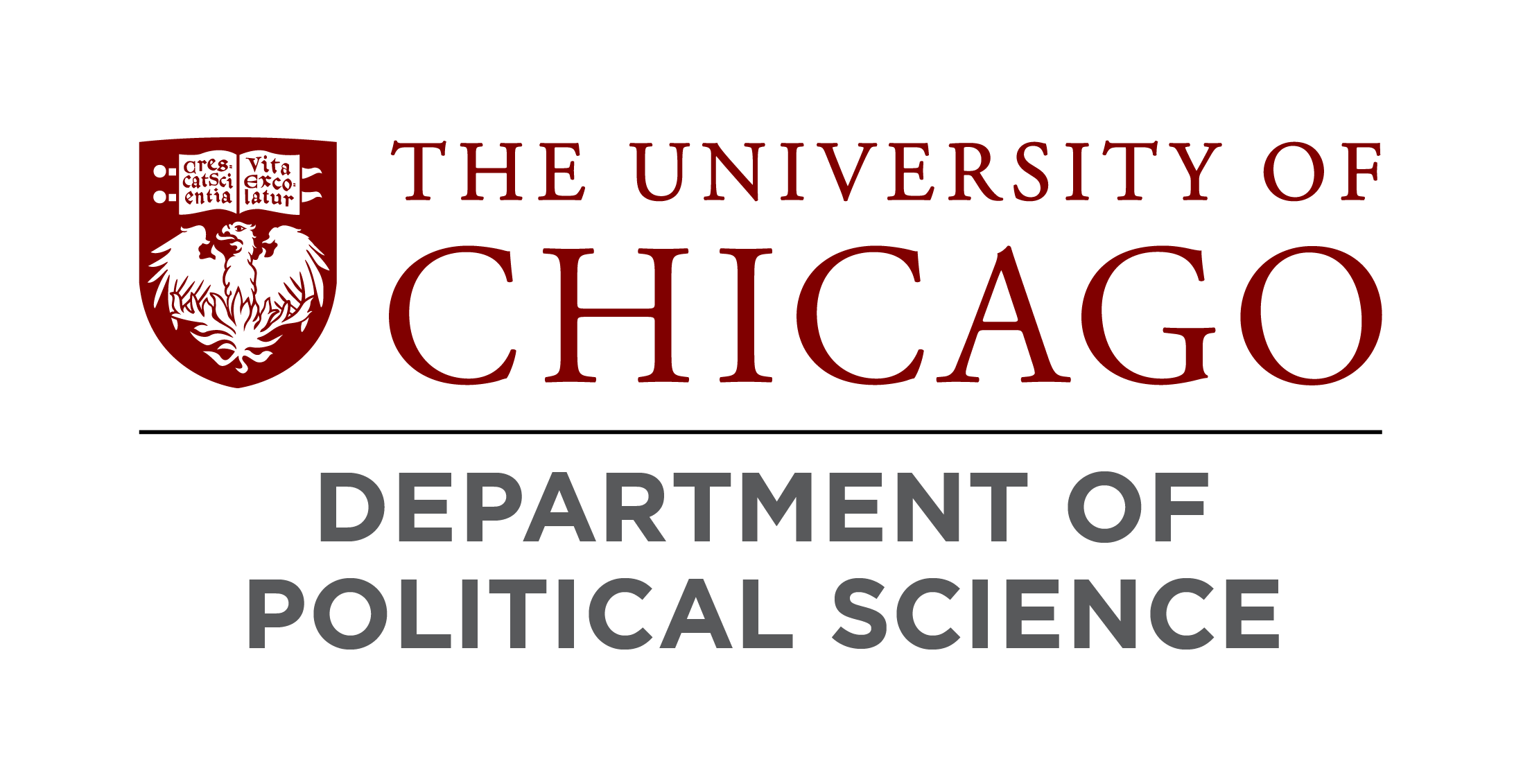Pathways in World Politics previews international relations studies at a research university
Over three weeks, high school students explore world politics in a university environment, and with research-focused professors teaching the course, learn to approach topics through a social sciences lens.
By Sarah Steimer

Part of a wider UChicago Pathways program offering pre-college students the experience of studying at UChicago, Pathways in World Politics covers a general sense of world politics as an area of study, along with a variety of methodologies and approaches used by researchers in the field. Students leave with an idea of what it’s like to be in such a classroom setting, but specifically at a research university.
Typically, professors who teach the course have active research agendas. This year, that team included political science professors Paul Poast, Robert Gulotty, and Rochelle Layla Terman, with each professor taking a week dedicated to a different world politics topics. A Teaching Assistant also helps throughout the full course.
Most students who take the course are interested in eventually attending UChicago and passionate about the subject matter, frequently involved in related extracurriculars such as Model United Nations, as well as speech and debate.
“There's often a gap between what is taught at the university level and what a typical high school curriculum would cover,” Gulotty says. “Not only are they very enthusiastic about it, but it's an unmet demand.”
This summer, Poast began the session in its first week with an overview of what to expect with the course and an overarching lecture on what international politics is about and why it’s a field of study. He then dove into international security issues at large: What the absence of a world government means, how states handle security issues, the concept of power politics, and more.
He also took the students on a field trip — “The American Century in Hyde Park” tour — that explores the community’s and university’s role on an international stage. The tour marks the emergence of the United States as a major power on the world stage, and then culminates in the U.S. as a global power throughout the course of the 20th century. Poast says many students say the tour is a great bonding experience, as they get an opportunity to chat as they walk and bus throughout Hyde Park.
On the final day of the first week, the students engage in a UN Security Council simulation. This year, they voted on a resolution that failed, with a couple of major powers vetoing it. They debrief on how the simulation illustrates concepts they’ve discussed throughout the week (and on what might not have been realistic).

The second week of the course this year, taught by Gulotty, focused on the international political economy and trade issues. Gulotty says his teaching was motivated by two world events that seemed to be present in the students’ minds: the ongoing U.S.-China economic competition and trade war, along with the upcoming presidential election.
Gulotty’s portion of the course began with exploring how surveys are used to determine what people care about when it comes to international economic policy: Do some want protection on some imports? Would others be in favor of higher prices? In the mornings, the students would read articles before learning how to use data from public, nationally representative public opinion polls to generate their own insights. They also learned how to use statistical software to examine and answer substantive questions.
Gulotty’s week ended with a trade negotiation simulation. This time, students were divided not just among countries, as they would be for Model UN, but also into domestic groups: Some students were assigned to be the negotiators, others assigned to be the domestic trade ministry or industrial ministry, or the Department of Defense, or the U.S. Senate Agriculture Committee. They had to negotiate between nations, but also with their own domestic interests.
The focus of Terman’s week was the international human rights regime: the set of laws, treaties, institutions, organizations, and actors that make up the global human rights project. Her goal was to help students understand both the theoretical and historical origins of the human rights project, especially the challenges it faces. At the beginning of her week, she laid out what is sometimes referred to as the paradox of empty promises, which refers to two facts: the global human rights project has been incredibly successful in terms of legitimacy (nearly every state has adopted it), but it’s also been incredibly unsuccessful (human rights violations occur routinely).
Terman discussed international human rights treaties with the class: how they work, how they’re ratified, how they’re enforced, and what it means in terms of practice once a state signs on. They explored how human rights intersects with issues learned in the prior two weeks — international political economy and international security — and how countries relate to each other on human rights issues. The week included a guest lecture from a human rights activist who described what her work entails.

A topic that came up frequently, Terman says, was the difference between an empirical question and the normative question. A normative question might be, “What can we do to protect the human rights of indigenous people?” But an empirical question, she explained, might be, “Why do human rights violations happen in some places more than others?”
“I think that was valuable for students as they are being introduced to academic research on international relations topics to start thinking like a social scientist,” she says.
“Oftentimes, if a student would ask a question or offer a possibility or suggestion, I would say, ‘How would we test that?’ As a social scientist, we go through the steps of: what data would you have to collect? What kinds of relationships would you have to see?”
Terman’s week ended with a simulated United Nations process where countries review each other's human rights practices so students could gain insight into the strategic considerations of different states. For example, what would be an effective approach by the U.S. to human rights violations in China, and what would be each party’s interests?
“One of the things that I really appreciate is that the students were able to take away some practical applications of some of the more theoretical things they’re being exposed to,” Gulotty says. “Often, in high school, you learn about things and you don't really know why. They don't really do a good job of connecting it to what the later applications would be.”
The three professors say students often reach out to them with more questions, asking after additional reading or future opportunities.
“My overall sense from hearing from students is just that the course was very successful in its goal of giving them a taste of international relations,” Poast says. “It was enough of a taste that they want more. And at the end of the day, I think that's the most successful thing that we can look at.”
 THE UNIVERSITY OF CHICAGO
THE UNIVERSITY OF CHICAGO

